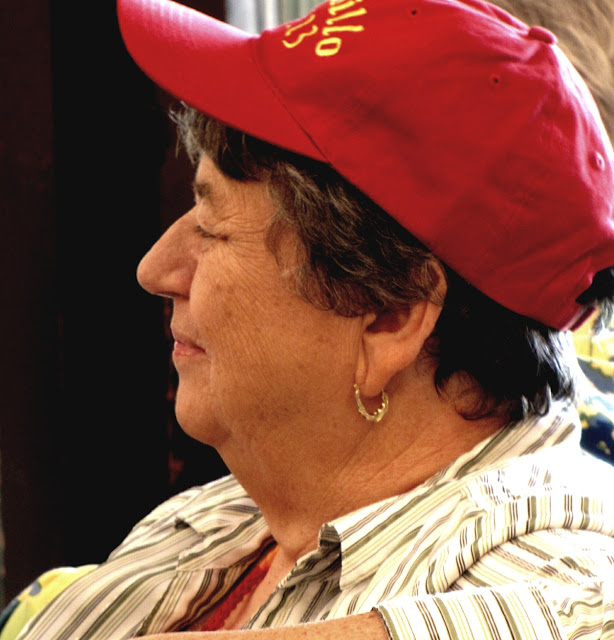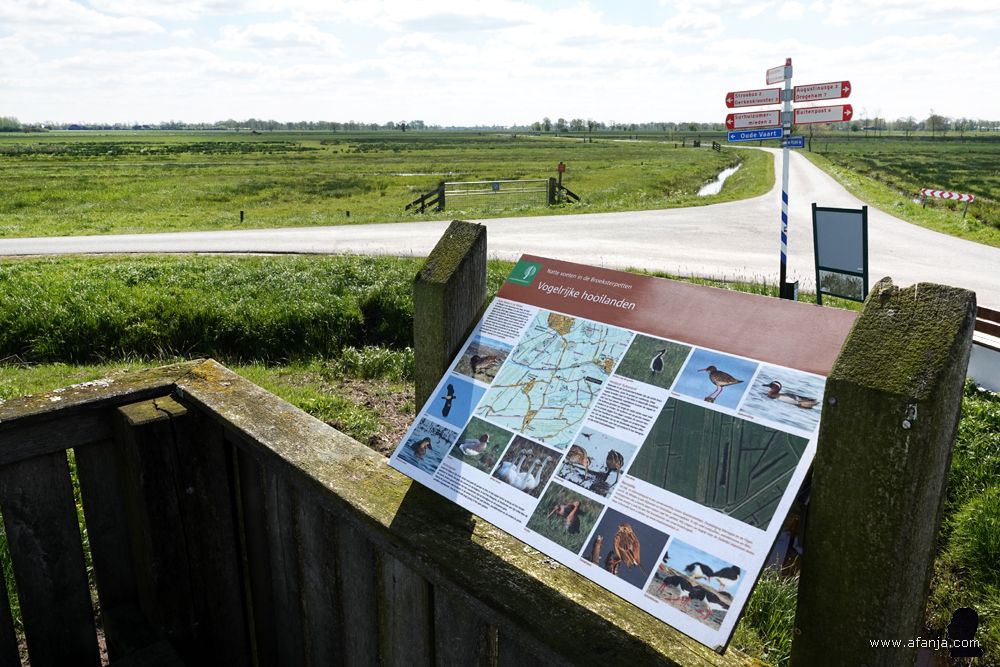Oak Ridge Tennessee is one of three major locations where the World War II Manhattan Project took place. This amazingly complex project resulted in the development of the atomic weapons which arguably ended the war on the pacific. As usual an excellent article can be found in
Wikipedia. The American Museum of Science and Energy provides the story of the development of atomic energy which led to the advent of what we now call the Atomic Age.

The project to develop and produce atomic weapons took place at Oak Ridge, Tennessee, Los Alamos, New Mexico, and Hanford, Washington. The largest of these sites was at Oak Ridge. When permission to proceed was obtained from the highest levels work commenced almost immediately. From 1942 to 1946, the project was under the direction of Major General Leslie Groves of the US Army Corps of Engineers. In September, 1943 a 56,000 acre site was selected was on the Black Oak Ridge in rural Tennessee, from which the name Oak Ridge was derived. Soon after an additional 3,000 acres were added. The land was currently occupied by about 1000 families many of whom were 3rd and 4th generation families. Nevertheless the land was to be developed very quickly and people were forced to sell and were evicted with very little explanation. A city was to be built to house the 15,000 initial workers to be brought in, a number that swelled to 85,000 by May 1945.
The quiet rural setting was quickly built up to accomodate a secret city with electricity, running water, refrigerators and indoor plumbing. Many of the near by farm homes had few of these amenities. Since this city was to be built up in secret there were many challenges. How could 15,000 flush toilets be shipped to a location having fewer than 1000 residences without raising suspicion? In addition to the residences stores were needed as well as schools, medical facilities and houses of worship. It was a very challenging project but was completed on time. Not to mention the research and development facilities which would become some of the largest in the world, and intended to be invisible to the rest of the world. A test device called Trinity was constructed and detonated as proof of concept on 16 July, 1945. It is astounding that the research and development to include manufacturing the end product was completed by late 1945, a span of only 2 years.
On July 26, 1945 A meeting was held at Potsdam by the Allied leaders that laid out the terms of surrender for Japan to be accepted immediately or face prompt and utter destruction. The Japanese rejected the Potsdam Declaration. As a result President Truman authorized the use of the first nuclear device to be dropped on Hiroshima on August 6, 1945 with enormous destruction. When Japan again rejected the idea of unconditional surrender the second device was dropped on Nagasaki on August 9, 1945. The US planned to have another atomic bomb ready for August 19, with 3 more in September, and another 3 in October. However on August 11, word was received that Japan wished to discuss the terms of surrender and bomb construction was put on hold. The final surrender ceremony was held aboard the Battleship Missouri on September 2, 1945.


While the more interesting part of the museum to me was the Creation of the "Secret City" and development of the first atomic weapons, there was also information about the use of coal and petroleum. One of the displays is a very large "lump" of coal, another is a detailed model of an off shore drill rig.

On handing over control to the Atomic Energy Commission, Major-General Groves bid farewell to the people who had worked on the Manhattan Project:
Five years ago, the idea of Atomic Power was only a dream. You have made that dream a reality. You have seized upon the most nebulous of ideas and translated them into actualities. You have built cities where none were known before. You have constructed industrial plants of a magnitude and to a precision heretofore deemed impossible. You built the weapon which ended the War and thereby saved countless American lives. With regard to peacetime applications, you have raised the curtain on vistas of a new world.








































































